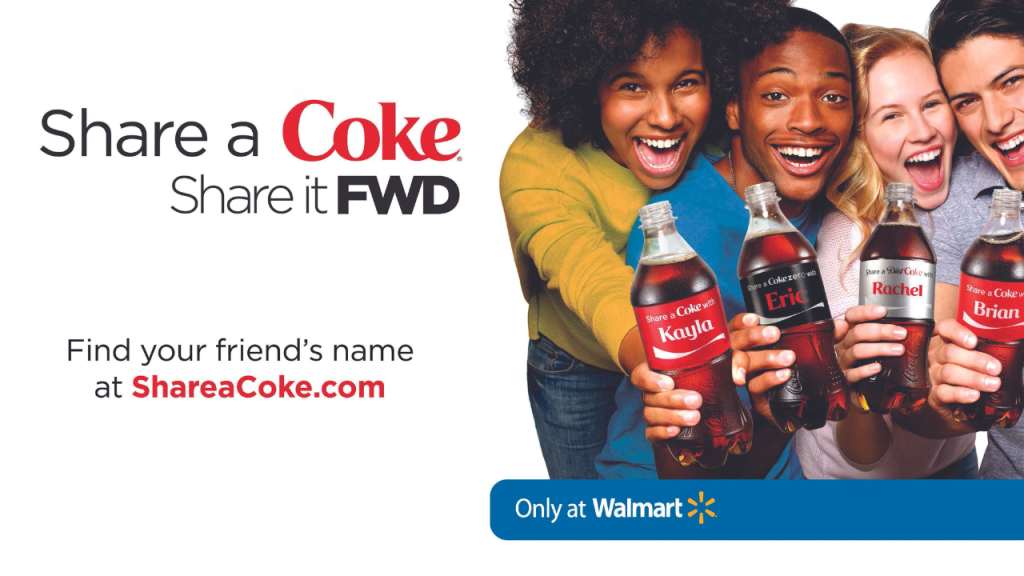5 Questions to Ask Before Starting a Co-op MDF Program
If you’re considering initiating a Co-op MDF program, you’ve come to the right place.
In this article, we will:
- Teach you the basics of Co-op MDF programs.
- Present the 5 critical questions you should ask before launching one.

What are Co-op MDF Programs?
Simply put, Co-op MDF programs are partnerships between vendors and their partners to support joint marketing.
These marketing efforts are referred to as cooperative advertising because both brands are promoted.
What’s an Example of a Co-op MDF Program?
Consider if Coca-Cola creates a Co-op MDF program. They partner with a Walmart in St. Louis, Missouri. The St. Louis Walmart then runs commercials on the local station where a Coke bottle is featured prominently.

The Benefits of Co-op MDF Programs
Here are some of the advantages of creating an effective Co-op MDF program:
- More Revenue: Partners are incentivized to sell more of the vendor’s products.
- Expand Brand Awareness: Partners create more ads featuring the vendor’s products and logo.
- Strengthen Channel Loyalty: Co-op MDF programs foster collaboration and trust between partners.
Question #1: How Will Your Funds Be Awarded?
The most crucial question before starting a Co-op MDF program is how the funds will be awarded. There are two main types of reimbursement systems:
Accrual-Based Co-op MDF Programs
Essentially, accrual-based programs are when the vendor and partner agree on a fixed percentage of sales volume that will go towards joint advertising. This fixed percentage is known as an accrual.
- Example: Coca-Cola agrees to a 3% accrual with Walmart. If Walmart sells $1000 worth of Coke products, then Walmart will receive $30 to go towards cooperative advertising.
- Advantages: It’s straightforward. You sell X amount, and Y% of X is what you get for advertising. For the vendor, it motivates partners to sell more.
- Disadvantages: It can be challenging for accounting reasons. As Walmart continues to sell, Coca-Cola must set aside more funds to give them when the program ends.
Fixed-Cost Co-op MDF Programs
A fixed-cost Co-op MDF program is where funds are provided in advance. The vendor and partner agree on a fixed amount of money that will go towards joint advertising.
- Example: Coca-Cola agrees to give $8,000 in funds to Walmart upfront, at the start of the program. Walmart then spends this money on joint advertising efforts.
- Advantages: It can significantly boost the performance of a specific product/service. This is particularly useful for revitalizing struggling product lines or accelerating the success of new product lines (e.g., if Coke launches “Coke Ultimate”).
- Disadvantages: The biggest risk is the potential waste of funds, as it’s a one-time investment that might not yield returns.

Question #2: When Should Everything Happen?
Timing is everything in a Co-op MDF program. If processes take too long, they might be forgotten or neglected. If they happen too quickly, they might overwhelm your partners. Here are a few critical timelines to establish:
Accrual Period
If you opt for an accrual-based system, decide whether your accruals should be calculated monthly, quarterly, or annually. The choice should balance being too lengthy, which can be administratively burdensome, or too brief, which might discourage partners.
Offer Period
Set your offer period, which is when you present your program to retailers for acceptance or rejection. Typically, an optimal duration is around 4-6 weeks, but adjust according to your specific goals.
Spend Period
Next, determine your spend period, which is when retailers have the chance to use their funds. Usually, this extends from 90-180 days from the receipt of funds, providing ample time for campaign execution.

Question #3: How Will Your Partners Get Funds?
Consider how your partners will access their funds. Typically, your partner will submit a claim request for funds, which you then approve or reject. You might also require them to submit additional documentation, such as their expected return on investment or records of previous advertising efforts.

Question #4: How Will Documents Be Sent?
After advertising efforts are completed, you’ll need to receive documents like invoices, performance analytics, and possibly even photos of billboards or tear sheets from newspapers. If you’re relying on fax or email, consider that these methods can be time-consuming. A more efficient method is using an automated software system, like Computer Market Research’s Partner Portal, which can streamline these processes.

Question #5: Who Will Get Notified?
It’s important to determine who in your organization will be notified at each step of the Co-op MDF process. This includes when partners submit plans, request funds, and receive Co-op MDF funds. Setting up guidelines for who handles each type of request can reduce confusion and streamline your operations. Automating this process can help create a smooth workflow and maintain an audit trail.


